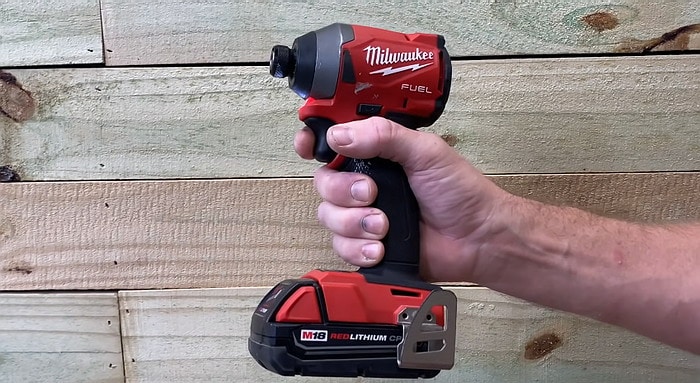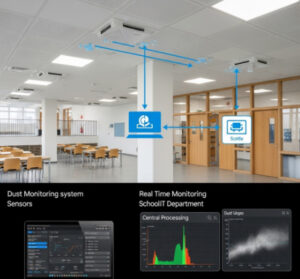Environment-friendly Disposal of Batteries Used in Power Tools

The batteries used in today’s power tools are mainly lithium-ion rechargeable batteries.
They come in different sizes, shapes and power capacities, depending on the tool they were created to power.
Whether we’re talking about an electric screwdriver, a cutter, or power tools like impact wrench or impact driver, all of them rely on a lithium-ion battery pack to provide the power and the work they were created for.
However, the life of a lithium-ion battery is not very long, so after a couple of months or years, will come the day when your battery pack will die.
The charger will say that the battery is defective, and will refuse to charge it. What you can do in this case? Are you ready to buy a new battery pack for your tool, or even a new tool with new batteries?
If you decide to buy a new battery pack or a new tool, you need to properly dispose the old battery pack, because you can’t just throw it in the trash.
You have to send them to a battery recycling center or simply put them in a basket where used batteries are stored (you can find these baskets near retail stores, in malls, hypermarkets, etc.).
It is wrong to throw them in the trash because this way they will end up in a landfill where they will degrade and start polluting the soil and the underground water resources with heavy metals and chemicals that can be poisonous even in a very small amount.
Not to mention that lithium-ion batteries improperly disposed can even catch up fire or explode in the landfill due to external conditions like water (from rain) or high pressure generated by a pressing machine.
How to revive a “dead” lithium-ion battery for power tools?
Nowadays, you can easily bring a dead power tool battery back to life. If your charger refuses to recharge the battery, because it says that is defective, it could be due to the low voltage of the battery pack.
If the voltage drops below a certain threshold, the charger will tell you that the battery is defective. This is actually happening because the voltage is below the threshold set by the manufacturer, and from their point of view, the battery pack is considered defective.
Giving the fact that a new battery pack is quite expensive, you will end up buying a new power tool with batteries included.
However, if you revive the battery pack, your charger will accept it and will bring it back to a full charge, and this way, you will save yourself a lot of money.
Unlike older Nickel–cadmium battery packs (Ni-Cd battery), which might have a similar size, weight and look, in today’s lithium-ion battery units, the cells inside are going to be completely different.
With the older Ni-Cd battery packs, even if you drop them down to completely discharge, normally you can charge them back up fairly easily.
The new lithium-ion battery packs, when they drop down under a certain voltage, the cells inside the pack can corrupt, and this can cause them to overheat, short-circuit, catch on fire and even explode.
This is the reason why you should always try to revive your dead power tool battery pack outside the house, garage, or anything flammable.
To revive your dead lithium-ion battery pack. You have to start by putting it back into the charger to see the status indicator light. If you only see a rapidly flashing red light, it means that the charger considers your battery pack as defective.
Actually, the battery is not defective, the voltage only dropped below the safe range, and will not apply any power.
If you have a digital multimeter, you can check the voltage of the battery back. If the multimeter shows some voltage (small) in your battery, it means that you will only need to to increase that voltage in the battery pack to be accepted again by the charger.
To increase the voltage in your “dead” battery pack, you have to use a healthy battery with similar voltage.
Specifically, an 18 volt battery will going to be exactly the same with a 20 volt battery except for a marketing term describing them. 20 volt max describes the voltage without any load being applied, and the 18 volt battery describes the voltage when a load is being applied.
By connecting a healthy battery (with similar voltage) to your “dead”, considered defective battery (you have to connect the positive terminal to the positive terminal and the negative terminal to the negative terminal of the batteries), you will start transferring energy from the healthy battery to the dead battery.
Being connected like this, the batteries will eventually equalize, and then they will have the exact same voltage.
The voltage of the “dead” battery will be now above the cutoff, so the charger will accept the battery for charging, and will no longer say that the battery is defective.
This is how you can revive a “dead” power tool battery pack.







